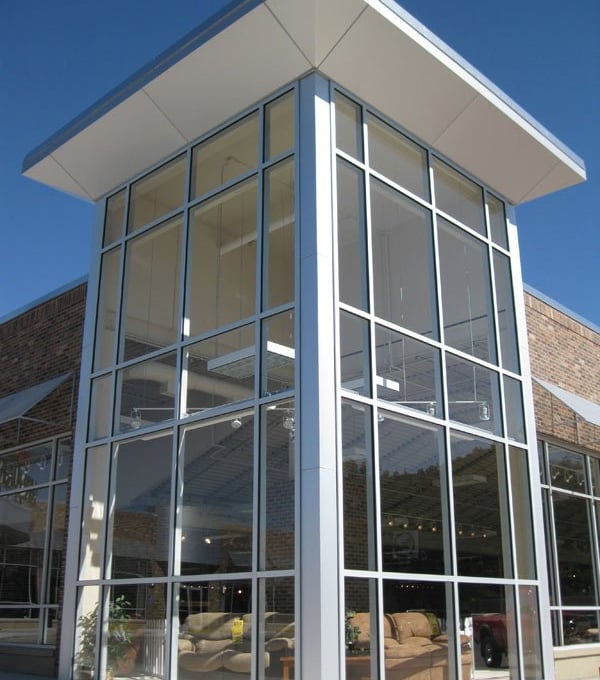





Double-Glazing
Double-glazing glass consists of two glass panes separated by a spacer and sealed together. The space between the glass panes is typically filled with air or an insulating gas. This construction creates a thermal barrier that offers several benefits for both residential and commercial applications. One of the primary advantages of double-glazing glass is its enhanced thermal insulation. The air or gas trapped between the glass panes acts as an insulator, reducing heat transfer between the interior and exterior of a building. This helps to maintain a more stable and comfortable indoor temperature throughout the year, reducing the reliance on heating and cooling systems. Another significant benefit of double-glazing glass is its ability to reduce noise transmission. Double-glazing glass also offers improved security compared to single-pane glass. The presence of two glass panes makes it more difficult for intruders to break through the glass.


